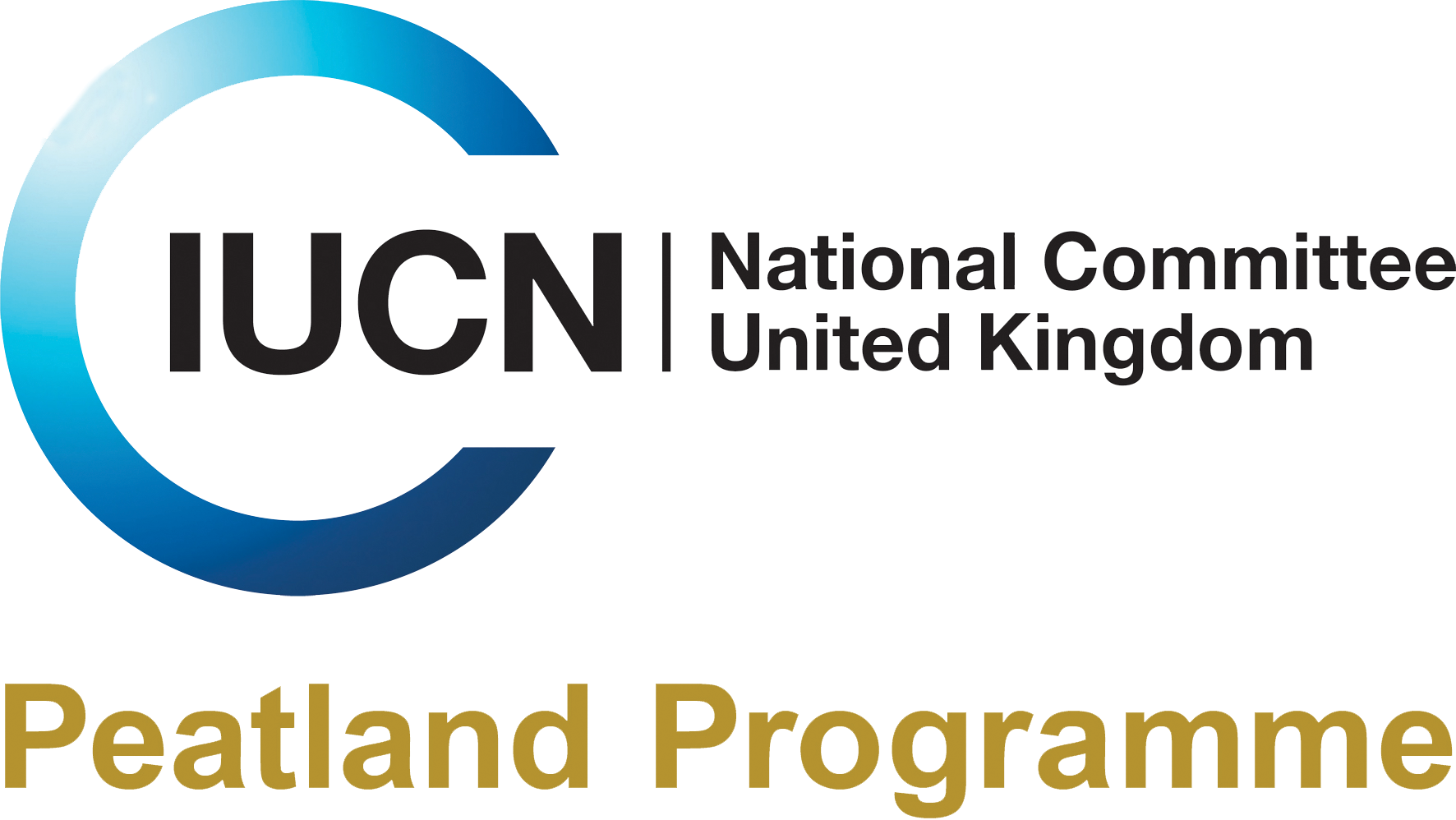Search
Search
Peatland benefits
Evaluating the socio-economic benefits of peatland restoration
User Guide for practitioners interested in evaluating the socio-economic benefits of peatland restoration.
New report highlights multiple benefits of peatland restoration around the world
A new report published today in Brussels highlights innovative projects from around the globe which are helping restore and conserve our threatened peatlands for the multi-benefits they bring to…
New guidance for wetter farming on peatlands
The IUCN UK Peatland Programme’s latest briefing, ‘Principles for Sustainable Peatland Paludiculture’, sets out to ensure the multiple benefits of peatlands are realised when managing different…
About Peatlands
UK Environment Ministers announce Action for peatlands
UK Government Environment Ministers have issues a statement of intent to conserve peatlands in the UK and British Overseas Territories.
Wellbeing and rural economies
Day of the Bog: Why are peatlands special and do we need to raise awareness?
Bog day 2020 - celebrating the brilliance of bogs.
My history lesson
Lancashire Wildlife Trust is working with Moorfield Primary school in Irlam to deliver both indoor and outdoor education on the mossland habitat. This includes the history of the area, and the…
My family history
Whilst researching his family history, Vic found that many of his ancestors were connected to wild places as gamekeepers, shepherds, millers, gardeners or agricultural labourers. His lifelong love…
Peatland Code
The Peatland Code is a key component of the wider work of the IUCN UK Peatland Programme (IUCN UK PP), which has been promoting the restoration and sustainable management of UK peatlands since 2009. Through strong science, sound policy, effective practice, and collaborative partnerships, the Programme advocates for the many benefits peatlands offer from biodiversity and water quality to climate resilience.
